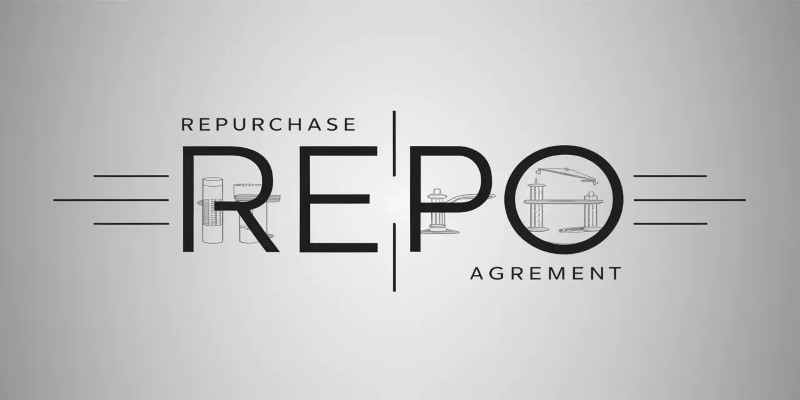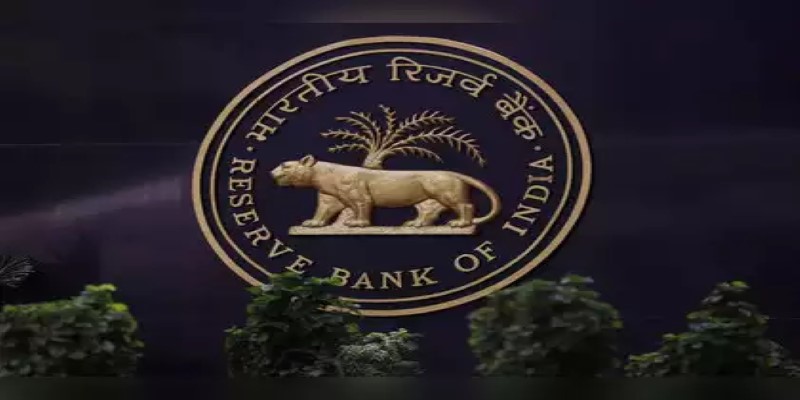Exploring the Role of Sale and Repurchase Agreements in Finance
Advertisement
Ever thought about how huge financial institutions manage liquidity when transacting without outright selling assets permanently? The mechanism for this is through entities called Sale and Repurchase Agreements, otherwise known as SRA. An SRA is akin to a short-term loan, but it's an interesting twist because the asset sold is used as collateral with a commitment to repurchase it later on. SRAs are super popular in banking, finance, and investment generally because they play a central role in smoothening cash flow, increasing liquidity, and reducing financial risk. But what exactly makes them click, and why are they so essential? Let's break it down.

What is a Sale and Repurchase Agreement?
A Sale and Repurchase Agreement, often referred to as a repo, is a financial transaction where one party sells an asset to another with the agreement to repurchase it at a specific price and date. It’s not a simple sale; instead, it acts more like a secured loan. The seller gets immediate cash while agreeing to buy the asset back later, typically at a slightly higher price.
The buyer, on the other hand, acquires temporary ownership of the asset as collateral for the duration of the agreement. This higher repurchase price is what gives the buyer a return on their money, functioning similarly to interest. Repos are a go-to solution for financial institutions needing short-term liquidity or to adjust their portfolio without offloading valuable securities permanently.
Think of SRAs as a financial handshake between two parties, ensuring trust and collaboration. They’re used across industries to enhance liquidity, support investment strategies, and even stabilize financial markets.
How Do Sale and Repurchase Agreements Work?
At its core, an SRA involves three essential elements: the asset being sold, the agreed-upon repurchase price, and the timeframe. Here’s how it plays out in practice:
The Sale Phase: A seller, often a bank or financial institution, sells securities like government bonds, stocks, or other high-value assets to a buyer. This sale provides the seller with immediate cash flow.
The Agreement Clause: The seller commits to buying back the same securities at a predetermined price and date. This clause is the cornerstone of an SRA, transforming it from a simple sale into a secured financial transaction.
The Repurchase Phase: At the end of the agreed period, the seller repurchases the asset, paying the agreed-upon higher price. The difference between the sale price and the repurchase price reflects the cost of borrowing for the seller or the return for the buyer.

This arrangement is highly flexible, allowing parties to customize terms to suit their specific financial needs. Repurchase agreements can range from overnight transactions to deals lasting several months. The beauty of SRAs lies in their adaptability and efficiency in managing funds.
The Role of SRAs in Financial Markets
Sale and Repurchase Agreements serve as the backbone of liquidity in financial markets. Beyond stabilizing individual institutions, they play a systemic role by enabling smoother capital flows across the global economy. A crucial aspect of SRAs is their ability to support price discovery in financial markets. By facilitating the temporary exchange of assets, SRAs ensure that securities remain in active circulation, allowing markets to better determine their fair value.
Moreover, SRAs are often used to hedge against risks in volatile markets. For example, institutions may use repos to temporarily hold high-quality collateral during uncertain periods, ensuring a buffer against sudden asset devaluation. This ability to provide both cash and collateral on short notice helps mitigate panic-driven sell-offs, thereby reducing systemic risks.
SRAs also have an important role in international markets, where they help bridge currency mismatches. Cross-border repos enable institutions to temporarily acquire foreign currency by exchanging assets, ensuring uninterrupted operations in global trade and finance. In this way, SRAs act as a stabilizing force, especially in emerging economies facing liquidity crunches.
In recent years, technology has further amplified the role of SRAs. Digital platforms now allow for faster transaction settlements, reducing counterparty risks and enhancing transparency. These technological advancements are making SRAs more accessible, not just to major financial institutions but also to smaller entities seeking efficient liquidity management solutions.
Advantages and Risks of SRAs
Advantages:
One of the standout benefits of Sale and Repurchase Agreements is their role in fostering trust in financial transactions. Buyers gain confidence knowing their investments are secured by high-quality collateral, while sellers appreciate the ability to convert assets into cash without permanently relinquishing ownership. This dual benefit makes SRAs uniquely appealing compared to other financing tools.
Another key advantage is the adaptability of SRAs to meet various financial needs. Institutions can use them for purposes beyond liquidity management, such as funding strategic acquisitions or supporting short-term obligations without altering their broader investment strategy. Additionally, the interest rates associated with SRAs are typically lower than those of unsecured borrowing, making them an economical choice for both parties involved.
Risks:
While sale and repurchase agreements offer many benefits, they are not without challenges. One significant risk arises from sudden fluctuations in collateral value. If the market value of the asset falls below the agreed repurchase price, the buyer could face potential losses unless sufficient margin calls are made.
Another risk is the complexity of repo agreements, which often require meticulous oversight to ensure compliance with legal and regulatory standards. For instance, unclear terms regarding the timing of repurchase or the quality of collateral can lead to disputes, particularly in cross-border transactions where jurisdictional differences may come into play.

Additionally, SRAs can inadvertently contribute to market imbalances during periods of excessive leverage. When institutions overuse repos to obtain cash, they risk amplifying financial vulnerabilities, especially if market conditions turn unfavorable. This was evident during the 2008 financial crisis, where the excessive reliance on repos among major banks highlighted the need for stricter regulations and better risk management practices.
Conclusion
Sale and Repurchase Agreements are essential tools for managing liquidity and stabilizing financial markets. By offering flexibility and security, SRAs support cash flow while allowing institutions to retain valuable assets. Despite risks like counterparty defaults and market volatility, their benefits in enhancing market efficiency and reducing systemic risks outweigh the challenges. With evolving technology and stricter regulations, SRAs remain a cornerstone of modern finance, ensuring seamless financial operations across institutions and economies.
Advertisement












